
In 2012, Patricia Ganz, M.D., saw a 39-year-old cancer survivor for a consultation who had a long-term history of anxiety during medical visits. The woman had been diagnosed with Hodgkin lymphoma when she was 23 years old.… Learn more
POSTED: 8/10/2022
SOURCE: Cancer Prevention Science Blog
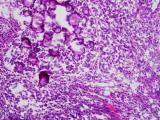
Unlike many other cancers, the incidence and death rates for uterine cancer are rising. Rates of new uterine cancer cases have risen 0.6% per year from 2010-2019, and death rates have risen an average of 1.7% per year for… Learn more
POSTED: 6/28/2022
SOURCE: Cancer Prevention Science Blog
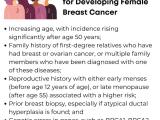
In the era of personalized medicine, prevention and screening for breast cancer are evolving toward new approaches that assess each woman’s risk and lifestyle factors. All women do not carry the same risk for the same type… Learn more
POSTED: 5/6/2022
SOURCE: Cancer Prevention Science Blog
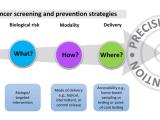
Overall, cancer death rates in the United States have been declining about 2% per year, current SEER data from 2014 through 2018 show. However, these improvements have not been experienced equally by everyone, which is one… Learn more
POSTED: 4/18/2022
SOURCE: Cancer Prevention Science Blog
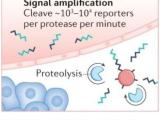
Tumor cells release telltale molecules into blood, urine, and other bodily fluids. But it can be difficult to detect tumor-derived DNA, RNA, and proteins in the earliest stages of disease, when cancers can be easier to treat… Learn more
POSTED: 2/9/2022
SOURCE: Cancer Prevention Science Blog

Lung cancer, the leading cause of cancer deaths worldwide killing 1.8 million people each year, is often diagnosed at an advanced stage when the chances for a cure are limited. In the United States, almost 60% of people… Learn more
POSTED: 1/14/2022
SOURCE: Cancer Prevention Science Blog
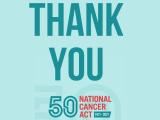
Fifty years ago this week, the National Cancer Act was signed into law, kick-starting research that has changed how cancer is prevented, detected, diagnosed, treated, and survived, and moving us closer to a time when no one… Learn more
POSTED: 12/20/2021
SOURCE: Cancer Prevention Science Blog
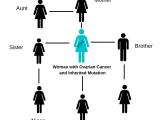
If your family member had cancer, would you want to know if you carried a gene mutation that increased your risk of the same cancer? This question is at the heart of three novel research projects underway to determine how… Learn more
POSTED: 11/29/2021
SOURCE: Cancer Prevention Science Blog

The NCI Community Oncology Research Program (NCORP) annual meeting for grantees in August 2021 virtually brought together representatives from every NCORP Research Base and Community and Minority Underserved Site to discuss… Learn more
POSTED: 11/10/2021
SOURCE: Cancer Prevention Science Blog

